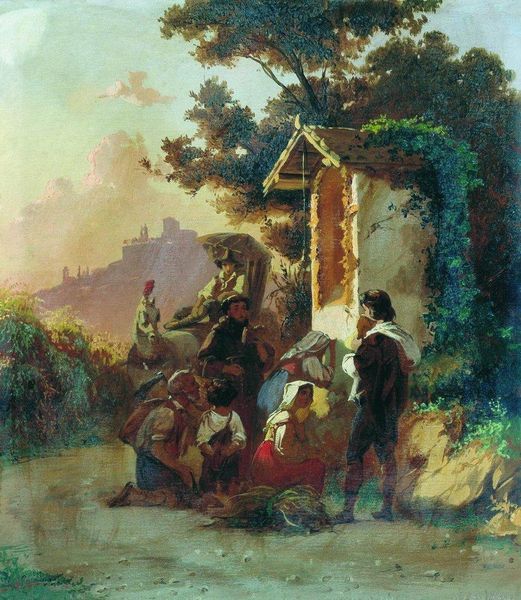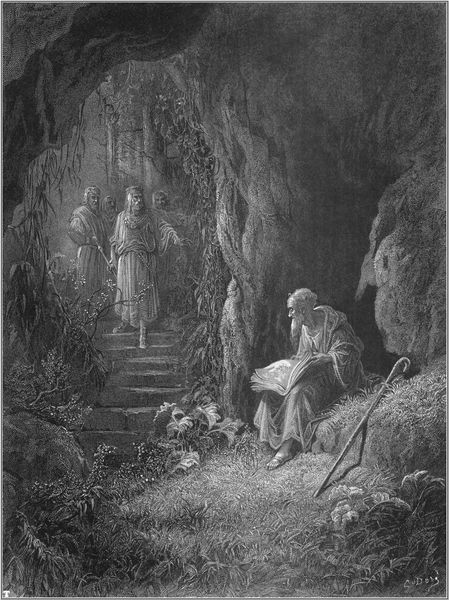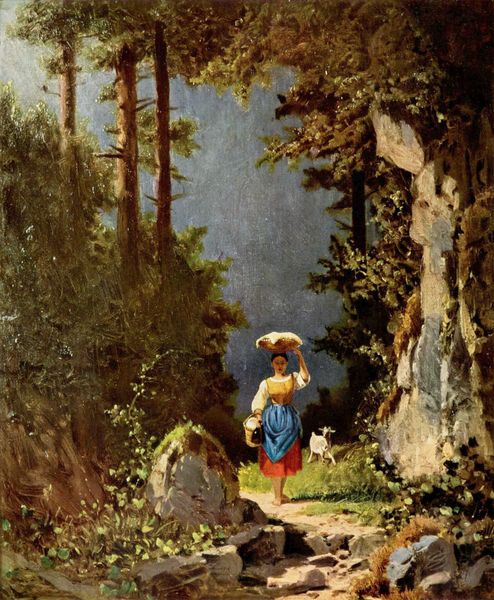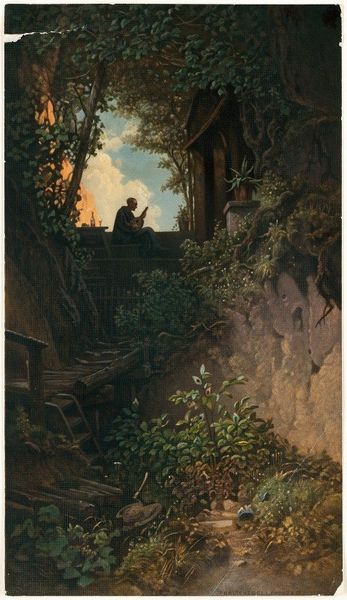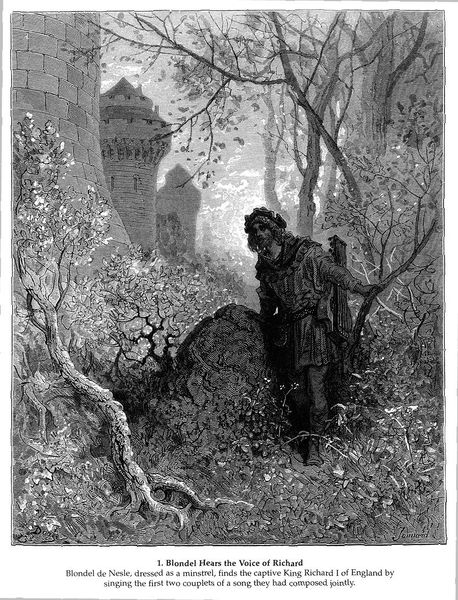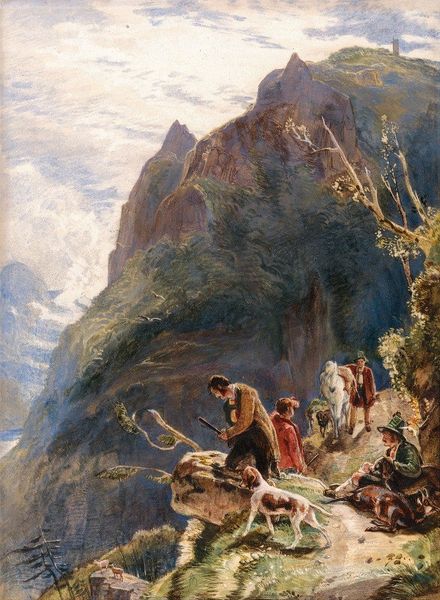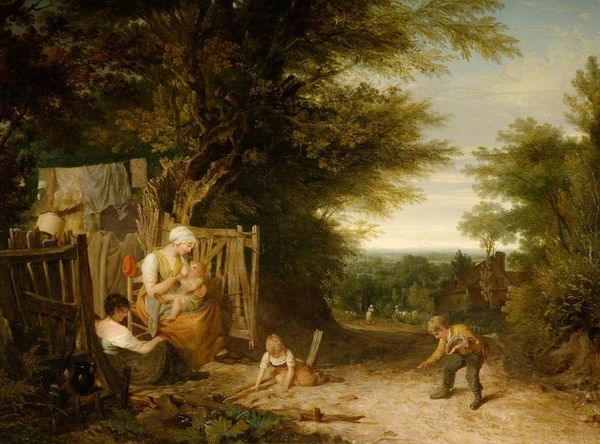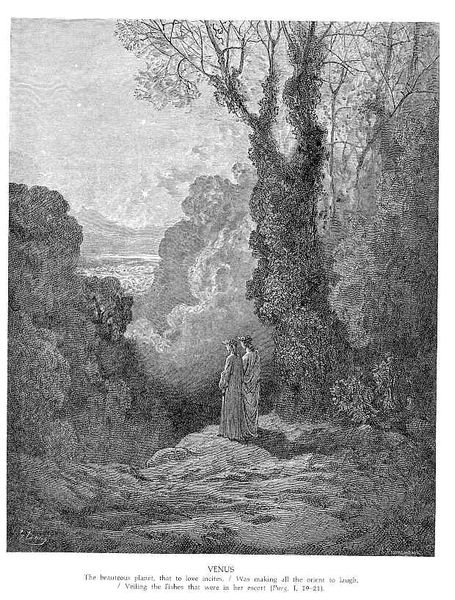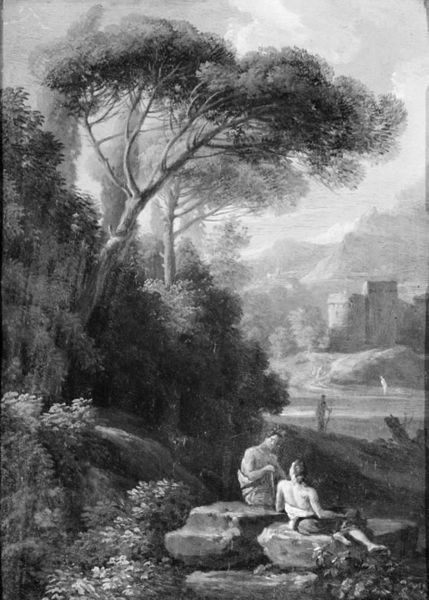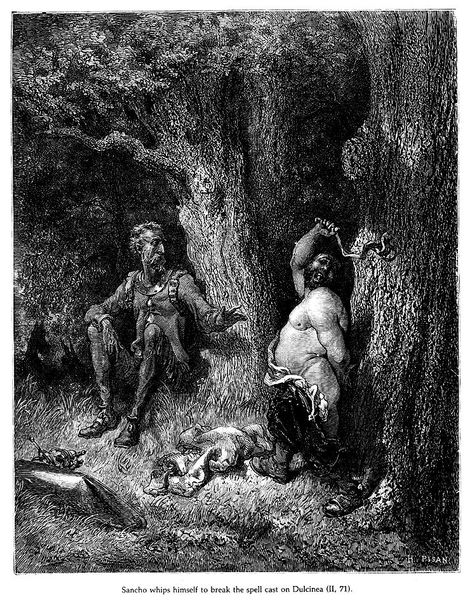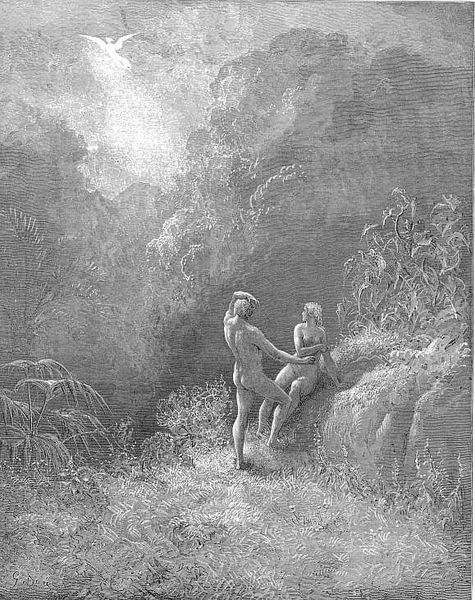
painting, oil-paint, impasto
#
portrait
#
gouache
#
figurative
#
painting
#
oil-paint
#
landscape
#
figuration
#
oil painting
#
impasto
#
romanticism
#
genre-painting
Copyright: Public Domain: Artvee
Carl Spitzweg likely painted The Fisherman in Germany during the mid-19th century. Its small scale and unassuming subject matter belies the complex relationship between the rising middle class and the romanticized vision of nature at the time. The fisherman, equipped with a rudimentary rod, stands almost comically against a backdrop of verdant wilderness. Consider how the painting's creation coincides with the rise of industrialization and urbanization. As cities swelled and factories multiplied, the natural world became increasingly idealized as a refuge, a space of purity and escape. Spitzweg’s fisherman, then, is not just a man seeking a catch, but a symbol of the era's yearning for a simpler, pre-industrial existence. The image subtly comments on the social structures of its time. Art historians delve into such cultural contexts using a variety of sources: exhibition reviews, personal letters, economic data, and literature of the time. They reveal the nuanced dialogue between art and society.
Comments
No comments
Be the first to comment and join the conversation on the ultimate creative platform.
